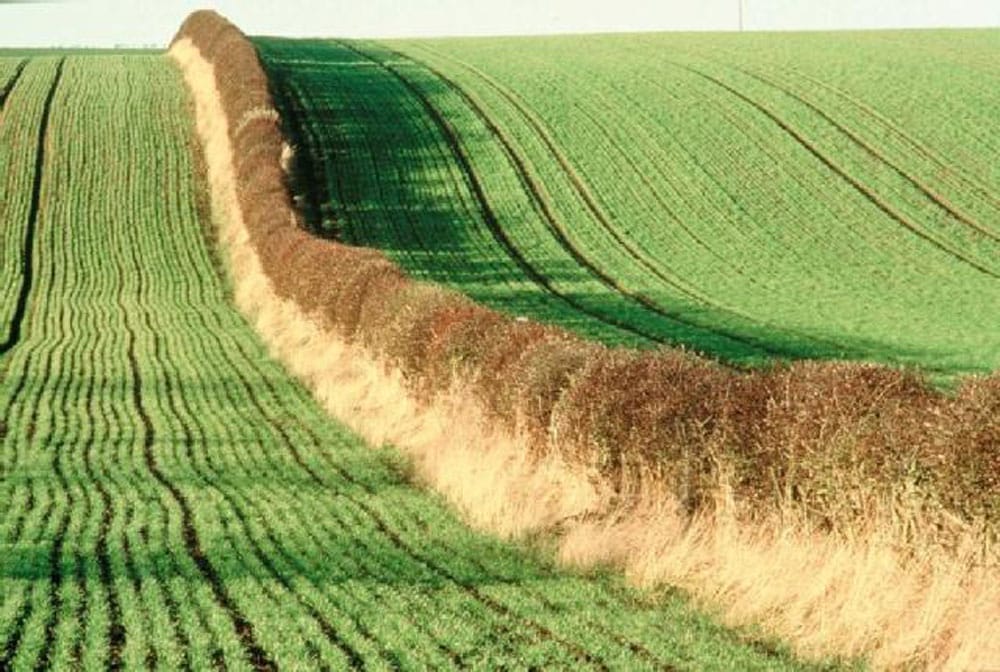This page signposts guidance, predominately from voluntary organisations and public bodies in Scotland and the rest of the UK, which may assist in the planning, implementation and management of Nature Networks.
Covering Framework Delivery Principles:
- Data, mapping, & monitoring
- Finance & resourcing
- Governance & decision making
- Knowledge & skills
- Monitoring, Evaluation & Reporting
- Participation, engagement, & communication
- Policy & Mainstreaming
- Project Development
- Project Implementation
- Spatial Mapping
Overview
Guidance relates to improving habitat quality and diversity, expanding habitat range (via restoration or new habitat creation), improving connectivity within or between habitat patches, how to monitor the quality and extent of habitat and information on key species within that habitat or ecosystem type.
The list of guidance is not exhaustive and offers a starting point for reference only. The guidance listed may not be Scotland specific, and practitioners are advised to ground truth their site, and explore the latest guidance before beginning work.
About linear habitats
Linear habitats are vital for biodiversity, and also provide other important benefits such as shade and shelter for livestock, flood prevention, water quality protection and carbon storage. They can act as important corridors through areas which are of low/limited quality for biodiversity, and may be important components to Nature Networks in such areas.
- B-Lines are potential 'insect super-highways' composed of stepping stones of flower-rich habitats which link together existing flower-rich areas. Find information here on improving or managing habitats for pollinators.
- Scotland’s road verges form their own network that can benefit biodiversity if managed appropriately. For example, as wildflower rich grassland in urban areas with limited greenspace. This guidance offers advice on how to manage roadside verges for nature.
- Discover the go to place for anybody seeking hedgerow knowledge and learning. Includes information on hedge management for birds, which may contribute to nature network corridors.
Help us build a useful toolbox
Share your feedback on existing guidance and resources, as well as links to others you think would be useful. We’d also love to hear about any great Nature Network projects that we should showcase.
.